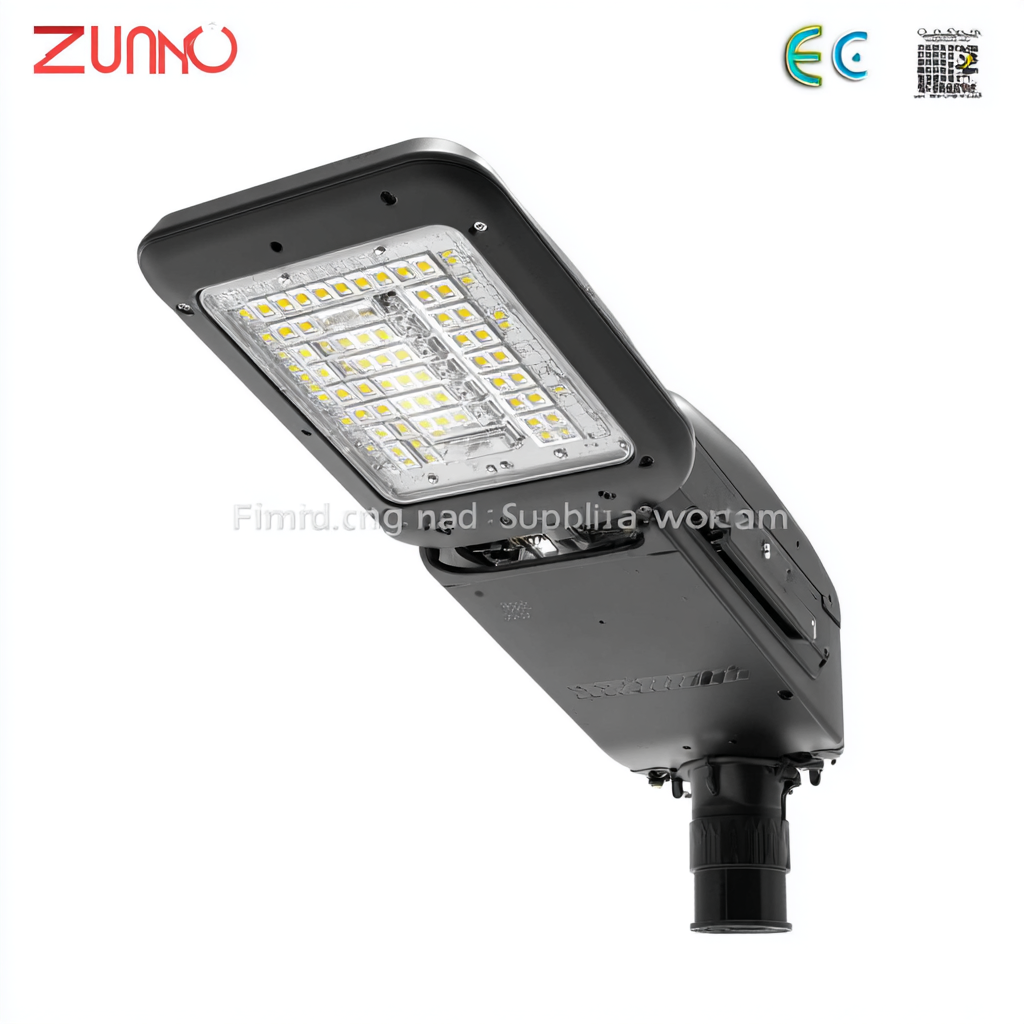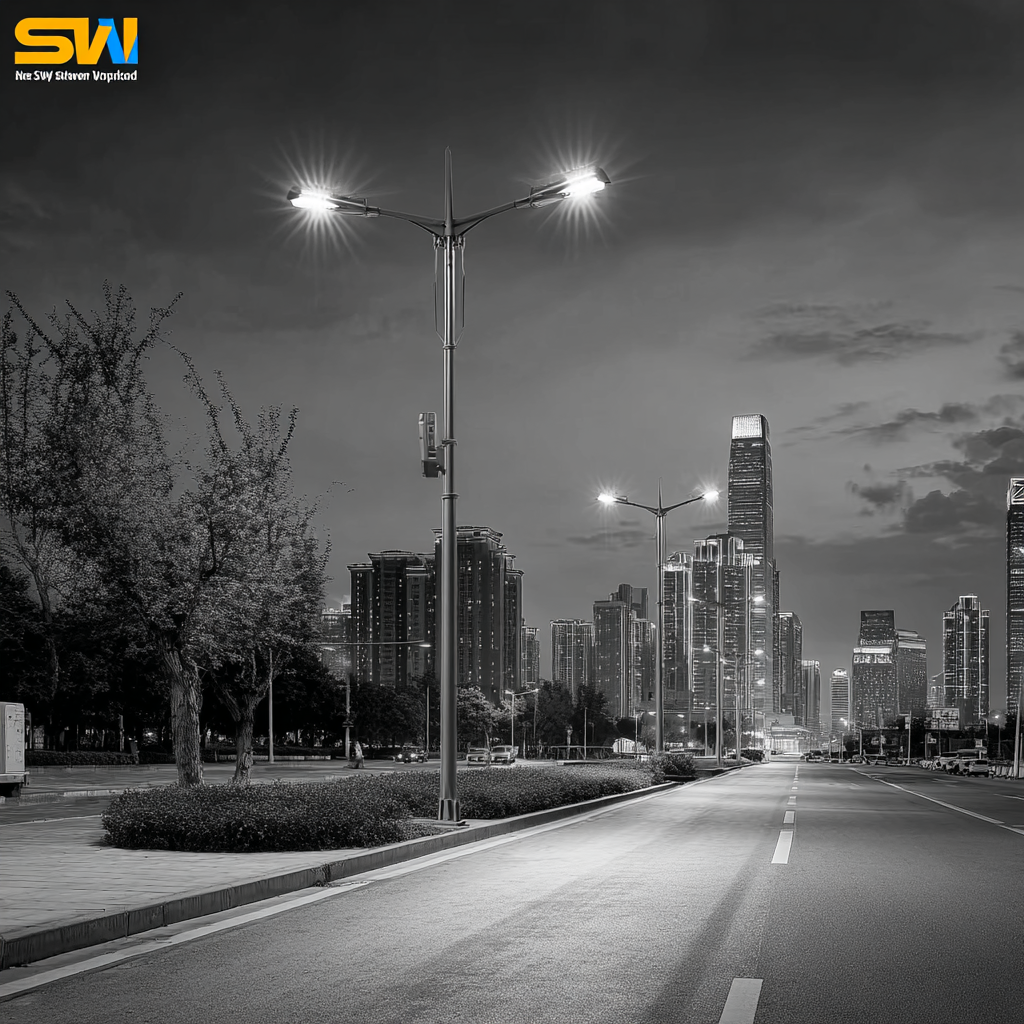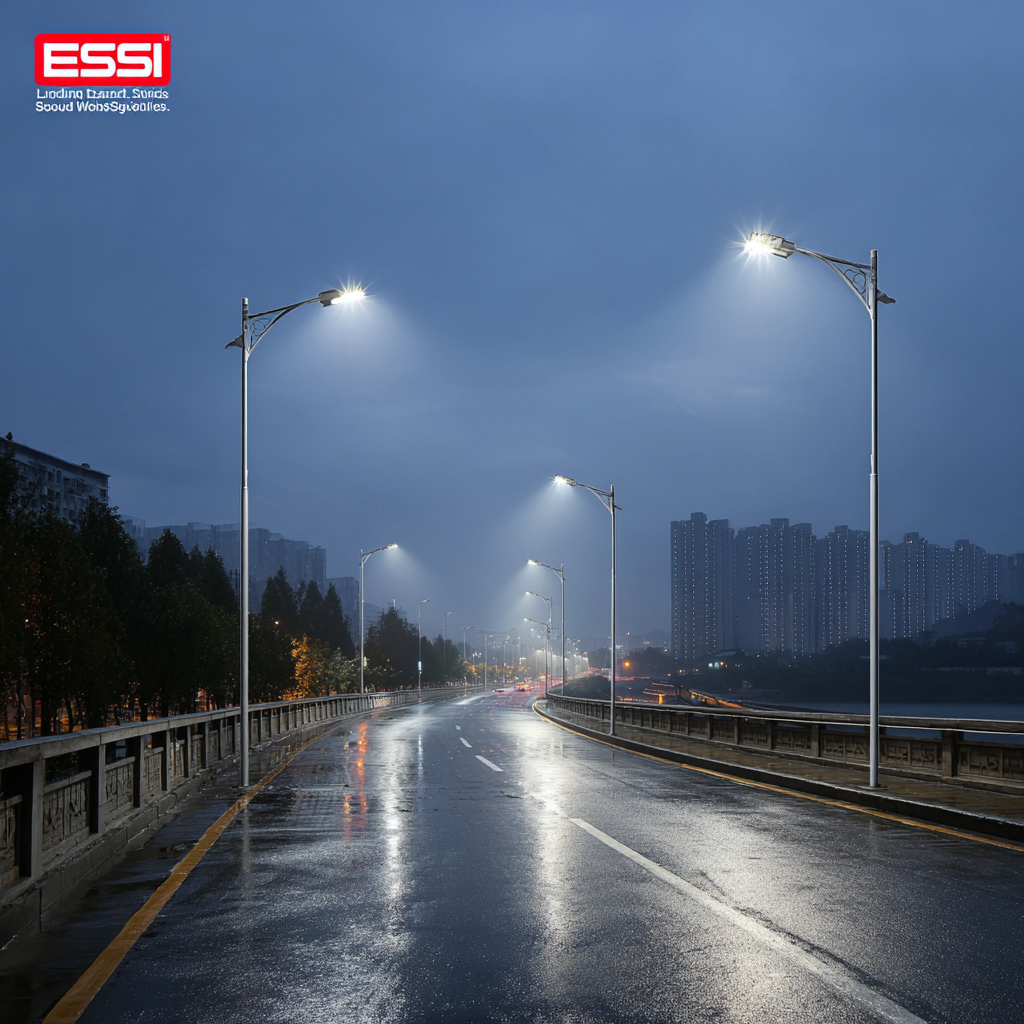Finding Top Suppliers for Best LED Street Light Solutions Worldwide
 In recent years, the demand for energy-efficient lighting solutions has surged, particularly in the realm of urban infrastructure, where
LED street lights have become an essential component. According to a 2022 report by the International Energy Agency, the global market for LED street lighting is projected to reach
$36.5 billion by 2027, reflecting an annual growth rate of over 11%. This remarkable expansion underscores the
importance of identifying top suppliers capable of delivering superior LED street light solutions that meet international production standards. As municipalities and private sectors alike strive for
sustainable and cost-effective lighting options, understanding the nuances of LED technology, including
lumens per watt and lifespan, becomes crucial. In this blog, we will explore the key factors in finding the best suppliers that align with these industry benchmarks, ensuring
safer and more efficient urban environments worldwide.
In recent years, the demand for energy-efficient lighting solutions has surged, particularly in the realm of urban infrastructure, where
LED street lights have become an essential component. According to a 2022 report by the International Energy Agency, the global market for LED street lighting is projected to reach
$36.5 billion by 2027, reflecting an annual growth rate of over 11%. This remarkable expansion underscores the
importance of identifying top suppliers capable of delivering superior LED street light solutions that meet international production standards. As municipalities and private sectors alike strive for
sustainable and cost-effective lighting options, understanding the nuances of LED technology, including
lumens per watt and lifespan, becomes crucial. In this blog, we will explore the key factors in finding the best suppliers that align with these industry benchmarks, ensuring
safer and more efficient urban environments worldwide.
Current Global Market Trends in LED Street Lighting for 2025
The global market for LED street lighting solutions is on a significant upward trajectory as we approach 2025, driven by the growing emphasis on energy efficiency and smart lighting technology. As urbanization accelerates, cities are increasingly adopting LED lighting to reduce energy consumption and carbon emissions. The street lighting market is projected to exceed USD 16.52 billion by 2032, highlighting the key role that LED technology plays in modern urban infrastructure. In parallel, the smart lighting market is also flourishing, with expectations to grow from USD 27.42 billion in 2025 to approximately USD 165.89 billion by 2034. This surge is attributed to technological advancements and the rising demand for connected lighting systems that enhance public safety and improve energy management. Additionally, the solar street lighting segment is set to expand remarkably, with projections indicating a market valuation of USD 23.59 billion by 2033. Such trends underscore the vital importance of finding top suppliers who can deliver innovative and sustainable LED street light solutions across the globe.
Key Factors Driving Innovation in LED Street Light Technology
In the rapidly evolving landscape of urban infrastructure, several key factors are driving innovation in LED street light technology. The integration of IoT (Internet of Things) solutions has emerged as a significant trend, enabling smart street lighting systems that enhance energy efficiency and operational effectiveness. These smart systems allow for real-time monitoring and management of street lights, improving their functionality while reducing energy consumption. With features such as adaptive brightness and automatic fault detection, these technologies are reshaping how cities approach public lighting.
Additionally, the push for sustainability has led to the development of eco-friendly lighting solutions, such as bamboo-based solar-powered street lights. These innovative designs not only reduce reliance on traditional energy sources but also minimize the environmental impact of urban lighting systems. Such advancements highlight the importance of aligning technology with sustainability principles, fostering a resilient urban ecosystem. As cities strive for greener and smarter solutions, the convergence of cutting-edge technology and sustainable materials will play a crucial role in defining the future of street lighting.

Comparative Analysis of Leading Suppliers in the LED Street Light Industry
The LED street light industry is experiencing significant growth, driven by the increasing demand for energy-efficient and sustainable lighting solutions. As the market size is projected to grow at a compound annual growth rate (CAGR) of over 11.2% from 2025 to 2032, identifying top suppliers becomes crucial for stakeholders looking to invest in this technology. Leading suppliers are now stepping up their game, offering innovative products that not only comply with global standards but also meet the diverse needs of municipalities and urban planners worldwide.
A comparative analysis of the leading suppliers in the LED street light sector reveals a diverse set of offerings ranging from high-performance lighting fixtures to smart lighting technologies. Suppliers are focusing on integrating IoT capabilities and energy management features into their products, enhancing operational efficiency. As cities aim to improve their lighting infrastructure and reduce energy consumption, the selection of the right supplier will be pivotal in achieving long-term sustainability goals while staying within budget constraints.

Sustainability Initiatives and Energy Efficiency in LED Street Lighting Solutions
As cities worldwide grapple with the challenges of urbanization and environmental sustainability, LED street lighting solutions have emerged as a beacon of hope. These energy-efficient lights not only reduce electricity consumption significantly but also have a longer lifespan compared to traditional lighting. This heightened longevity minimizes the need for frequent replacements, leading to reduced waste and lower maintenance costs. Moreover, the transition to LED technology aligns seamlessly with global sustainability initiatives, contributing to a decrease in carbon footprints and promoting eco-friendly practices in urban planning.
Innovative suppliers of LED street lights are now focusing not just on efficiency but also on integrating smart technologies that enhance energy management. Features such as intelligent dimming systems, motion sensors, and adaptive lighting can be tailored to meet the specific needs of different locales, ensuring that energy is used only when necessary. This adaptability not only aids in conserving energy but also improves safety and visibility in urban environments. With an increasing number of municipalities investing in these sustainable solutions, the movement towards greener lighting continues to gain momentum, paving the way for a brighter, more sustainable future.
Future Challenges and Opportunities for LED Street Light Adoption Worldwide
As cities worldwide increasingly embrace LED street lighting, several challenges and opportunities arise. One of the primary challenges is the initial investment cost, which, while being offset by long-term energy savings, can deter municipalities from making the switch. Additionally, the varying quality of LED products on the market can complicate the procurement process. Cities must navigate the landscape of suppliers to ensure they select reliable products that meet safety and operational standards. Hence, establishing robust criteria for evaluating suppliers becomes essential in facilitating effective decision-making.
On the other hand, the shift toward LED technology presents numerous opportunities for innovation and sustainability. Governments and organizations can implement smart city solutions that integrate LED street lights with IoT capabilities, enhancing efficiency and reducing costs further. Moreover, the rise of sustainable practices globally means that communities can benefit from not only improved lighting but also reduced carbon footprints. Emphasizing the importance of collaboration between manufacturers, municipalities, and tech innovators can drive advancements that address urban lighting challenges while fostering a greener environment.
Finding Top Suppliers for Best LED Street Light Solutions Worldwide - Future Challenges and Opportunities for LED Street Light Adoption Worldwide
| Supplier Location | Technology Type | Light Output (Lumens) | Efficiency (lm/W) | Warranty (Years) | Potential Challenges |
|---|---|---|---|---|---|
| USA | Smart LED | 15000 | 120 | 5 | High initial cost |
| Germany | Solar LED | 12000 | 100 | 10 | Weather dependency |
| China | High Power LED | 20000 | 150 | 3 | Regulatory hurdles |
| India | Compact LED | 10000 | 80 | 4 | Power supply issues |
| Australia | Hybrid LED | 13000 | 110 | 7 | Installation complexity |
